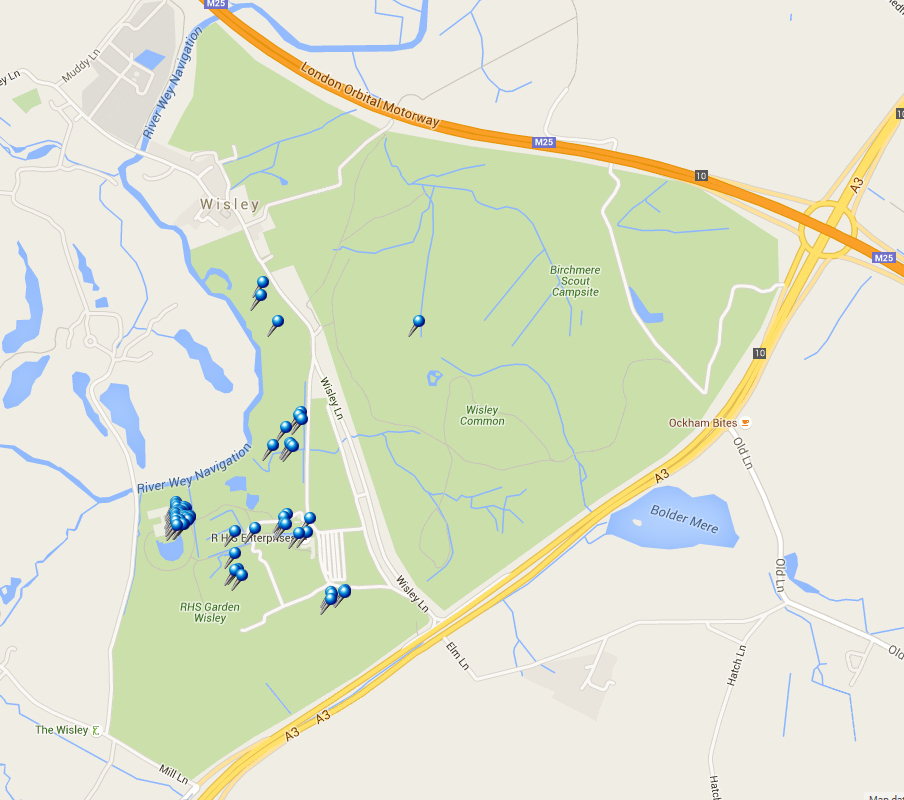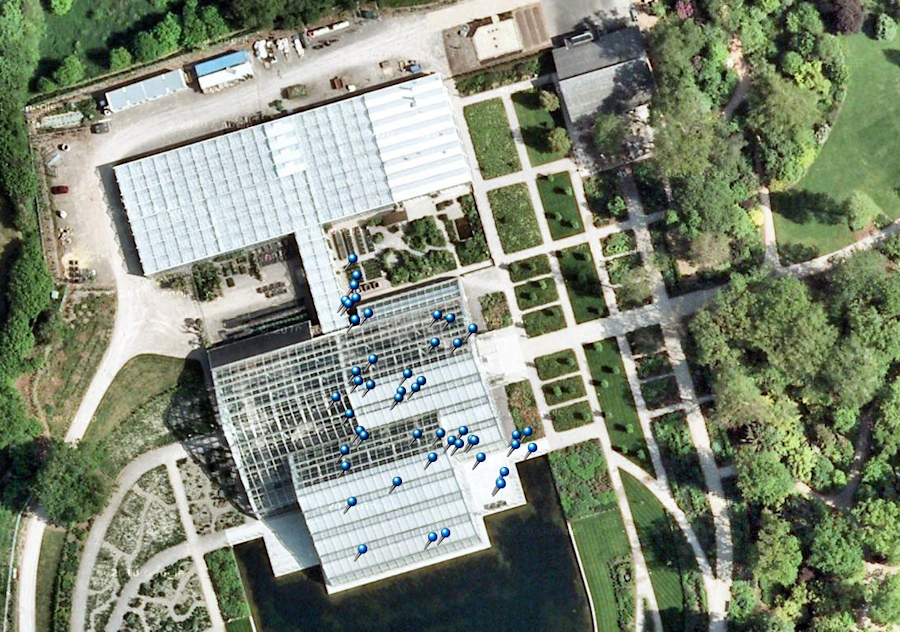|
The Royal Horticultural Society was given Wisley in
1903, although at that time only a small part of the 24 ha (60 acre)
estate was actually cultivated as a garden, the remainder being wooded
farmland. The original garden was the creation of George Fergusson
Wilson - businessman, scientist, inventor and keen gardener and a former
Treasurer of the Society.
In 1878 he purchased the site and established the 'Oakwood experimental
garden', with the idea of making 'difficult plants grow successfully'.
The garden acquired a reputation for its collections of lilies,
gentians, Japanese irises, primulas and water plants. The present Wild
Garden at Wisley is the direct descendant of Oakwood and despite changes
is still true to the original concept.
After Wilson's death in 1902, Oakwood and the adjoining Glebe Farm were
bought by Sir Thomas Hanbury, a wealthy Quaker who had founded the
celebrated garden of La Mortola, on the Italian Riviera. In 1903, Sir
Thomas presented the Wisley estate in trust to the Society for its
perpetual use.
Nothing could have been more providential in the circumstances. For at
least 30 years, the Society had been seeking a larger garden 'beyond the
radius of the London smoke', to replace the garden at Chiswick which it
had leased since 1822. It was also committed to building a new
exhibition hall and offices in Vincent Square (and the construction work
had already started). Both projects were seen as a fitting way to
celebrate the Society's forthcoming centenary in 1904 but there were
heated arguments among the Fellows over which should have priority for
the available funds.
Sir Thomas' generous donation solved both these problems at a stroke. By
May 1904, the move from Chiswick to Wisley was complete and, in July,
the new headquarters at Vincent Square was officially opened by King
Edward VII - both in time to mark the centenary. |
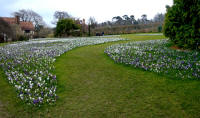
Large flowered crocuses , some brighter ones from our garden |
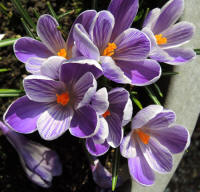 |
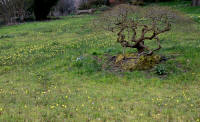
Specie narcissi in the meadow, it was too early for the fritillaries |
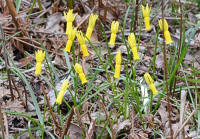
Narcissus cyclamineus |
